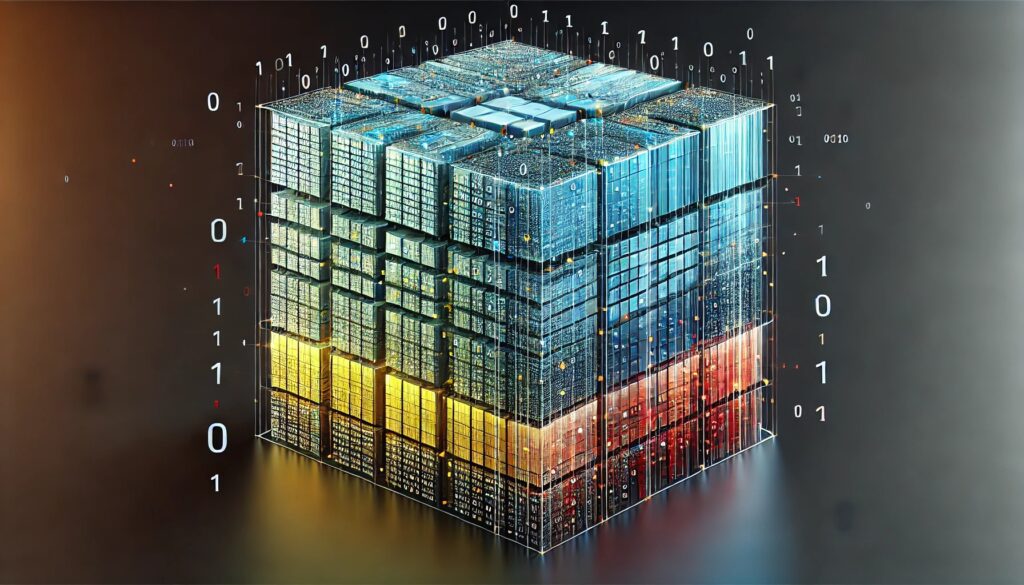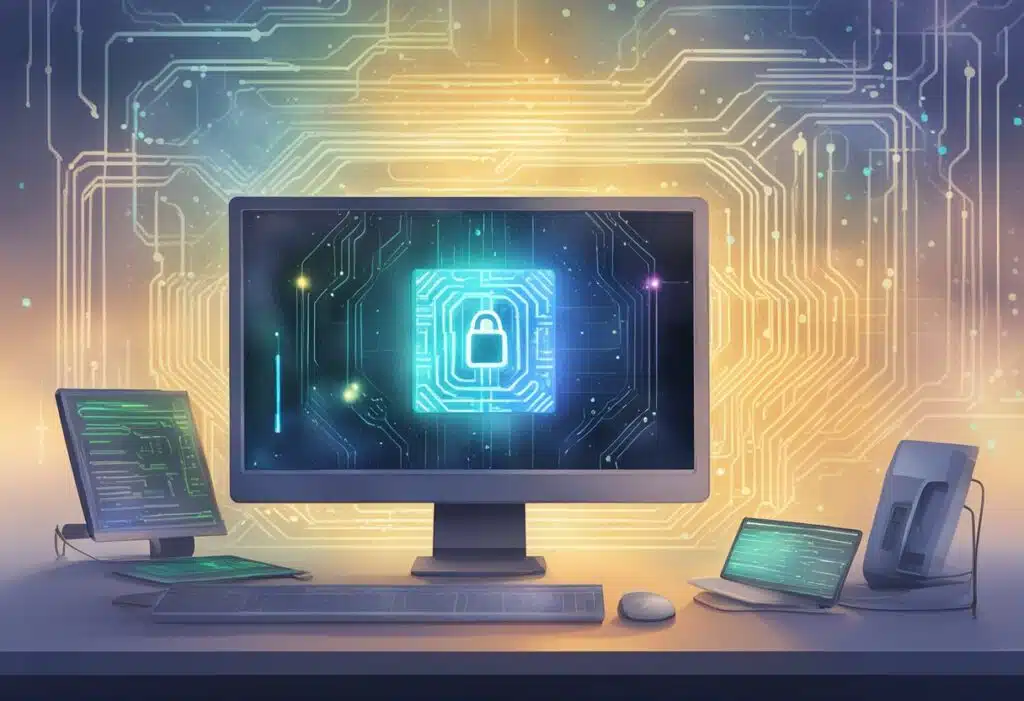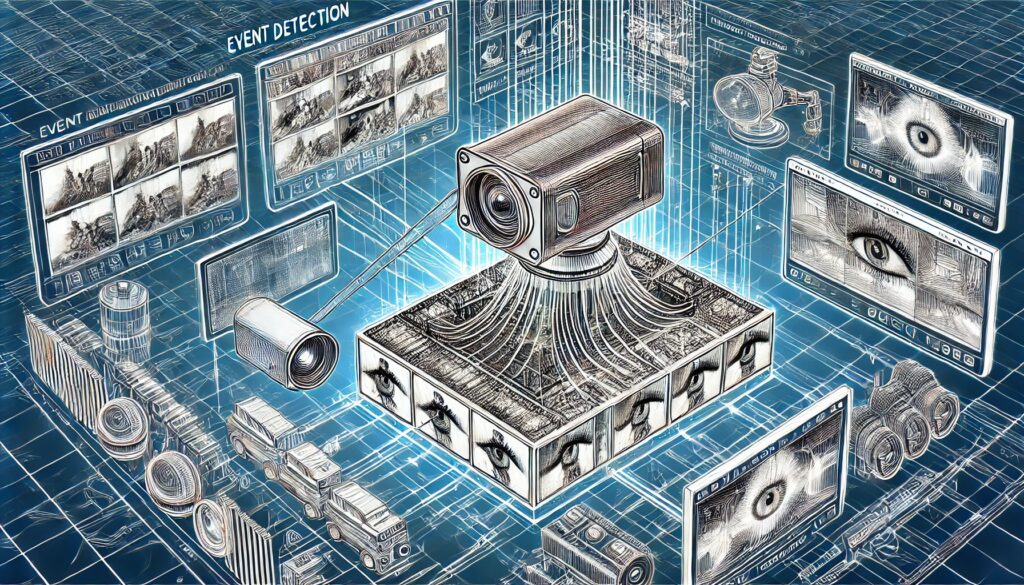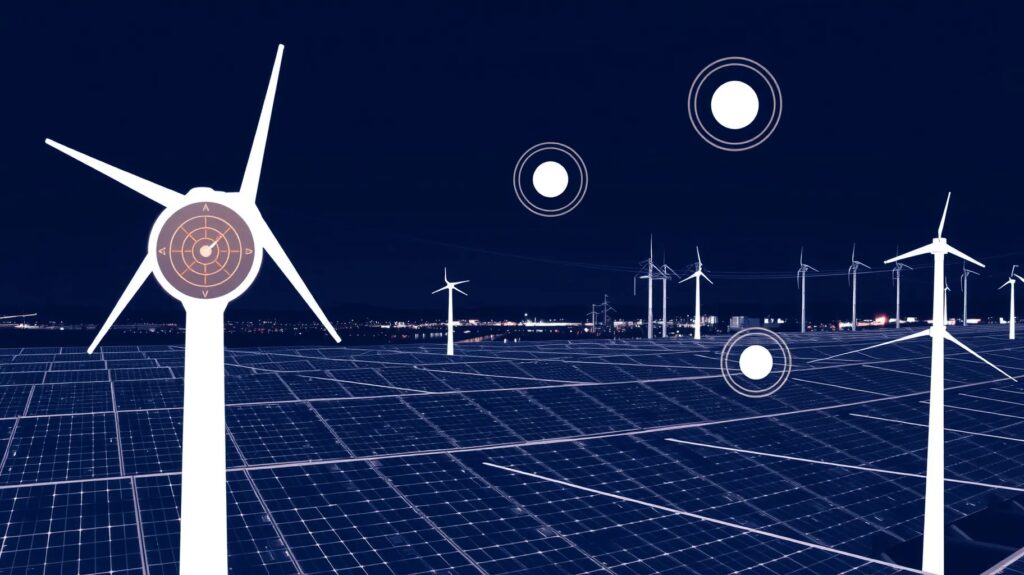
Understanding Deepfake Voice Technology
What Are Deepfake Voices?
Deepfake voices use AI-powered algorithms to mimic human speech patterns, tone, and style. These systems rely on deep learning, often trained on hours of voice recordings, to recreate someone’s unique voice.
Unlike basic text-to-speech software, deepfake voice tech can replicate emotion, making it eerily realistic. This enables a level of detail once thought impossible.
For example, services like Descript and Respeecher are already offering voice cloning tools. But how does this balance innovation with potential misuse?
How Does It Work?
Deepfake voices use neural networks, specifically a type of AI called Generative Adversarial Networks (GANs). GANs work in two parts:
- A generator creates synthetic audio.
- A discriminator evaluates its authenticity against real samples.
Through this back-and-forth, the AI learns to produce hyper-realistic outputs. Add to this advancements in Natural Language Processing (NLP), and the result is synthetic speech nearly indistinguishable from a real human voice.
Key Benefits of Deepfake Voice Technology
There’s no denying its potential to revolutionize industries:
- Entertainment and Media: Actors can “speak” in any language for global audiences.
- Accessibility: Personalized voices for individuals with speech impairments.
- Cost Efficiency: Replace traditional dubbing or voiceover techniques.
Despite the good, the dark side casts a long shadow.
Potential Risks of Deepfake Voices
Cybersecurity Threats
Imagine receiving a call from your “boss” asking for sensitive company data. Deepfake voices enable social engineering scams at an unprecedented level.
A real-life example? In 2019, a UK-based energy firm lost $243,000 when scammers used AI to mimic the CEO’s voice. This incident highlights how easily trust can be exploited in this digital age.
Political and Social Manipulation
Deepfake voices could spread disinformation faster than ever. Leaders’ voices can be faked to deliver false statements, stirring unrest.
With elections increasingly influenced by digital media, the threat to democracy is tangible. Verifying audio authenticity is becoming a crucial skill.
Ethical Concerns in Consent
If someone’s voice can be cloned from a few minutes of audio, where’s the boundary for consent? Deepfake technology raises serious questions about ownership and personal privacy.
Next, we’ll explore more profound applications, industry reactions, and how regulation might tame this beast.
The Transformative Applications of Deepfake Voices

Revolutionizing the Entertainment Industry
Deepfake voices are reshaping creative storytelling and content creation. Studios can now replicate an actor’s voice, extending their performance across languages or reviving voices of past legends.
For example, deepfake tech brought Anthony Bourdain’s voice to life in the documentary Roadrunner. This demonstrates how it can add depth to narratives.
Additionally, game developers are exploring its use for dynamic dialogue. Imagine video game characters reacting uniquely to each player—powered by AI voice synthesis.
Accessibility and Inclusivity
One of the most inspiring uses is for individuals with speech impairments or disabilities. Companies like VocaliD are creating customized voices, enabling a more natural form of communication.
A few key benefits:
- Individuals with ALS or other conditions can preserve their voices.
- Text-to-speech devices sound less robotic, offering a human touch.
These advancements ensure tech is more inclusive, breaking barriers in communication.
Boosting Customer Service Efficiency
Deepfake voices are also redefining customer service. Virtual assistants powered by synthetic voices now offer realistic, empathetic interactions.
AI-generated voices can adjust tone based on the customer’s mood, improving satisfaction. Think about the next generation of AI like Alexa or Siri—they could sound less robotic and more conversational.
Education and Training Applications
Synthetic voices provide opportunities in online learning and corporate training:
- Personalized teaching assistants that adapt to student needs.
- Realistic simulations for law enforcement or medical training.
Instructors can tailor audio to suit various learners, making complex subjects more accessible.
Bridging Language Barriers
Deepfake voice technology allows content creators to dub videos seamlessly into multiple languages. Rather than relying on subtitles, creators can replicate their own voice in a native tongue.
This feature makes global collaboration easier and expands the reach of content, whether in education, marketing, or entertainment.
Industry Concerns and Regulatory Challenges
The Ethical Dilemma of Voice Cloning
Deepfake voice technology poses critical ethical questions. Who owns the rights to a voice? If AI can replicate it, should it be free for public use, or is it protected intellectual property?
Celebrities and public figures face identity theft concerns, where their voices could be monetized or misused without consent. Even for private individuals, this tech could lead to damaging impersonations.
Addressing these concerns requires clear guidelines on consent and ownership, ensuring no one’s voice is replicated without explicit permission.
Regulation: The Missing Piece
The rapid growth of deepfake voice tech has outpaced regulations, leaving gaps in legal protection. Currently, most laws address general impersonation or fraud, not the technology itself.
Efforts to regulate include:
- Requiring watermarks or indicators to identify synthetic audio.
- Legislation penalizing misuse, such as California’s law prohibiting deepfake use within 60 days of elections.
However, a global framework is still lacking, and industries must self-regulate responsibly until robust policies emerge.
Impact on Trust and Society
The rise of deepfake voices could erode public trust. How can you trust what you hear? As more convincing fakes enter the mainstream, even authentic audio could be questioned.
This phenomenon, called the “liar’s dividend,” might allow bad actors to discredit real evidence by claiming it’s fake. The societal consequences are enormous, especially in areas like journalism or legal disputes.
Deepfake Voices: Innovation’s Edge or a Looming Threat?
Here are a few examples:
1. Cybercrime: CEO Voice Fraud
In 2019, cybercriminals used deepfake voice technology to mimic the CEO of a UK-based energy company.
- What happened? The attackers called a senior executive, imitating the CEO’s distinct German accent. They instructed the executive to urgently transfer $243,000 to a Hungarian supplier.
- Outcome: Believing it was a legitimate request, the executive completed the transfer. By the time the fraud was uncovered, the funds were unrecoverable.
This case highlights how deepfake voices can exploit trust and authority, creating new vulnerabilities for businesses.
2. Anthony Bourdain’s Voice in Roadrunner
In the 2021 documentary Roadrunner: A Film About Anthony Bourdain, filmmakers used deepfake technology to recreate Anthony Bourdain’s voice.
- What was the purpose? The goal was to have Bourdain “narrate” parts of the film using words he had written but never spoken.
- Public reaction: While some praised the technology’s seamless integration, others criticized it as unethical, arguing that Bourdain hadn’t consented to this usage.
This sparked a broader debate about the use of deepfake voices in creative works, especially for deceased individuals.
3. Darth Vader’s Voice Preservation
In 2022, James Earl Jones, the legendary voice of Darth Vader, allowed Lucasfilm to use deepfake technology to replicate his iconic voice.
- How was it done? Ukrainian AI company Respeecher trained their system on Jones’ past performances to generate new lines.
- Why? At 91 years old, Jones retired from voicing the character but wanted to ensure the continuity of Vader’s voice in future projects.
This is a positive example where deepfake technology, consent, and innovation intersected responsibly.
4. Fake Call to Belarusian Politician
In 2020, a Russian prankster duo used deepfake voice technology to impersonate Sviatlana Tsikhanouskaya, the opposition leader in Belarus.
- What happened? The pranksters scheduled a call with a Polish politician, pretending to be Tsikhanouskaya.
- Impact: Though the prank was harmless, it underscored the political risks of voice cloning, especially in sensitive geopolitical situations.
5. AI-Generated Voice in Scams Targeting Seniors
Scammers are increasingly using deepfake voices in phone scams, especially targeting seniors.
- Example: Criminals mimic the voice of a grandchild, claiming to be in an emergency and needing money.
- Why does it work? Emotional appeals make it easier to manipulate victims, especially when the voice sounds familiar.
These cases emphasize the need for public awareness and stronger detection methods.
Mitigating the Risks
Advances in Detection Technology
AI isn’t just creating the problem; it’s also helping solve it. Developers are working on detection tools to identify synthetic audio.
Some innovations include:
- Acoustic pattern recognition to highlight inconsistencies.
- Metadata tagging for authenticity verification.
These tools could become essential in industries like law enforcement and journalism, where authenticity matters most.
Promoting Responsible Innovation
Tech companies hold the responsibility to innovate ethically. Some best practices include:
- Developing opt-in systems for voice cloning.
- Transparency in how voices are used or stored.
By building trust and accountability, developers can prevent misuse while embracing innovation.
Educating the Public
Ultimately, awareness is a crucial defense. Educating individuals on how deepfake voices work, their risks, and how to verify authenticity can empower society.
Public campaigns, much like those for phishing awareness, could help people recognize suspicious activity. This is especially important in protecting vulnerable populations from scams.
Where Do We Go From Here?
The future of deepfake voices will depend on how we balance innovation and security. While it offers incredible potential, unchecked use could harm society.
By prioritizing regulation, ethical development, and public awareness, we can harness this technology as a force for good. Let’s ensure it becomes a revolution for progress—not a tool for destruction.
Takeaway
These examples illustrate how deepfake voices can be a double-edged sword—revolutionizing industries while posing risks for fraud, misinformation, and ethical dilemmas. The stakes are rising, making regulation and responsible use crucial for the future.
FAQs
How can I protect my voice from being cloned?
Protecting your voice from unauthorized cloning involves practical steps:
- Limit public recordings: Avoid posting extended voice samples online.
- Use watermarking tools: Software like Resemble AI includes protections for your voice data.
- Legal safeguards: Review contracts carefully if your voice is recorded professionally.
Awareness is your first line of defense in an increasingly digital world.
Are there tools to create deepfake voices?
Yes, several tools enable users to create synthetic voices, ranging from hobbyist apps to advanced enterprise solutions:
- Descript: Allows creators to edit audio recordings and generate synthetic versions of their voices.
- Respeecher: A professional-grade tool for voice cloning, used in Hollywood productions.
- ElevenLabs: Offers advanced voice synthesis and customization features.
While powerful, these tools should be used responsibly and in compliance with ethical guidelines.
Can deepfake voices replicate emotions?
Yes, advanced systems can mimic emotions such as joy, anger, or sadness in a voice. By analyzing the tone and cadence of recordings, AI can adjust its delivery to fit specific emotional contexts.
- Example: In a customer service chatbot, a deepfake voice might sound empathetic when responding to complaints.
- Training simulation: Emergency responders might use emotionally charged deepfake voices in practice scenarios.
This ability adds a human-like touch to synthetic voices but also raises concerns about manipulation.
How are deepfake voices influencing cybersecurity?
Deepfake voices are creating new challenges in cybersecurity. Scams like voice phishing (“vishing”) leverage AI to impersonate individuals convincingly.
- Example: Attackers may pose as IT support staff using cloned voices to gain access to company systems.
- Solutions include:
- Multi-factor authentication (MFA) to verify identities.
- AI-based detection systems to spot synthetic audio.
Organizations must adapt to this evolving threat landscape.
Can deepfake voices alter the music industry?
Yes, they are already starting to transform the way music is produced:
- Singing voice synthesis: AI can mimic a singer’s voice for new compositions or remixes.
Example: AI has been used to recreate songs in the style of artists like Frank Sinatra. - Collaboration possibilities: Musicians can collaborate “posthumously” with artists from the past.
While exciting, this raises ethical questions about artistic intent and copyright.
How are deepfake voices being regulated globally?
Different regions are taking varied approaches to regulation:
- United States: Laws in states like California prohibit malicious deepfakes within 60 days of elections.
- European Union: The EU’s AI Act is one of the most comprehensive frameworks, requiring transparency for synthetic media.
- China: Recently introduced rules mandate labeling of AI-generated content, including voice deepfakes.
The lack of consistent global standards complicates enforcement, making collaboration crucial.
Resources
Research Papers and Studies
- “Deep Voice: Real-Time Neural Text-to-Speech” (Baidu)
This foundational paper discusses how neural networks generate natural-sounding voices.
Read the paper here - “Detection of Deepfake Audio Using Acoustic Artifacts” (IEEE)
Explores methods for identifying synthetic audio by analyzing sound wave patterns.
Access the study here - “Protecting Your Voice: Ethics and AI Voice Cloning”
A thought-provoking piece on ethical considerations for voice cloning technology.
Find it here
Tools and Platforms
- Respeecher
Professional-grade voice cloning used in movies and TV. Offers cutting-edge tools for high-quality synthesis.
Visit Respeecher - Descript
An intuitive platform for creating and editing deepfake audio for content creators.
Explore Descript - Deepware Scanner
A detection tool to help identify deepfake audio and protect against scams.
Try Deepware Scanner - Lyrebird AI
A pioneer in voice cloning, offering tools for both personal and professional use.
Educational and Awareness Resources
- MIT Technology Review
Offers in-depth articles and case studies on the evolving impact of deepfake voices.
Browse the archive - AI Ethics Lab
Focuses on the ethical challenges of synthetic media, including voice cloning.
Visit AI Ethics Lab - YouTube Channel: Two Minute Papers
Features digestible explanations of advanced AI technologies, including deepfake voices.
Watch videos here
Detection and Awareness Tools
- Adobe VoCo (Research Project)
A voice-editing tool with built-in ethical safeguards to prevent misuse.
Learn more - Sensity AI
Offers tools for detecting synthetic media, including voice-based deepfakes.
Visit Sensity - FakeCatcher (Cornell University)
Uses AI to detect deepfake audio and video by analyzing subtle inconsistencies.
Learn about FakeCatcher





